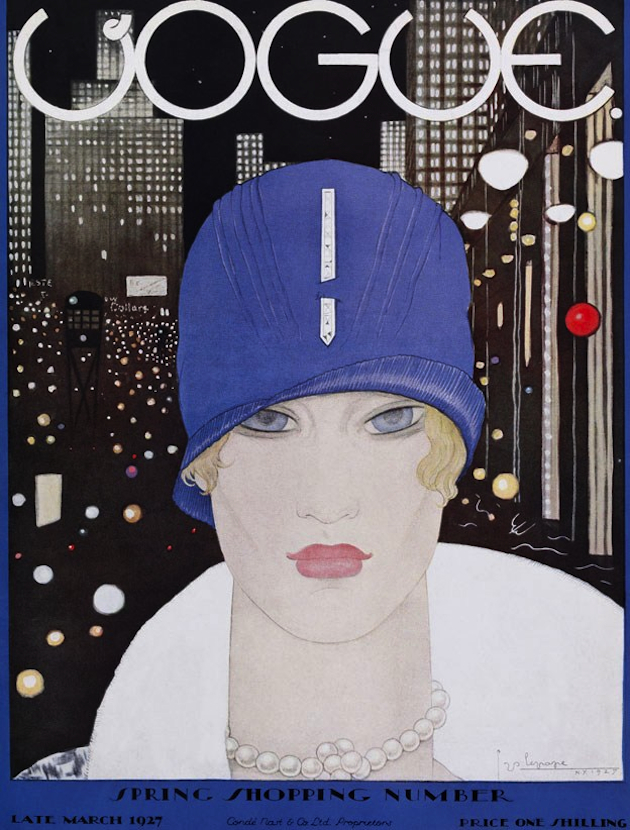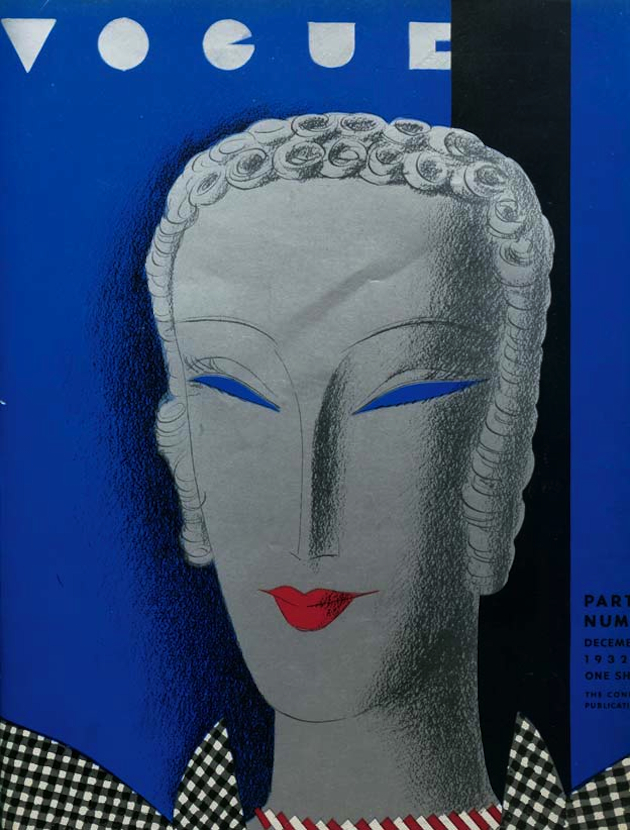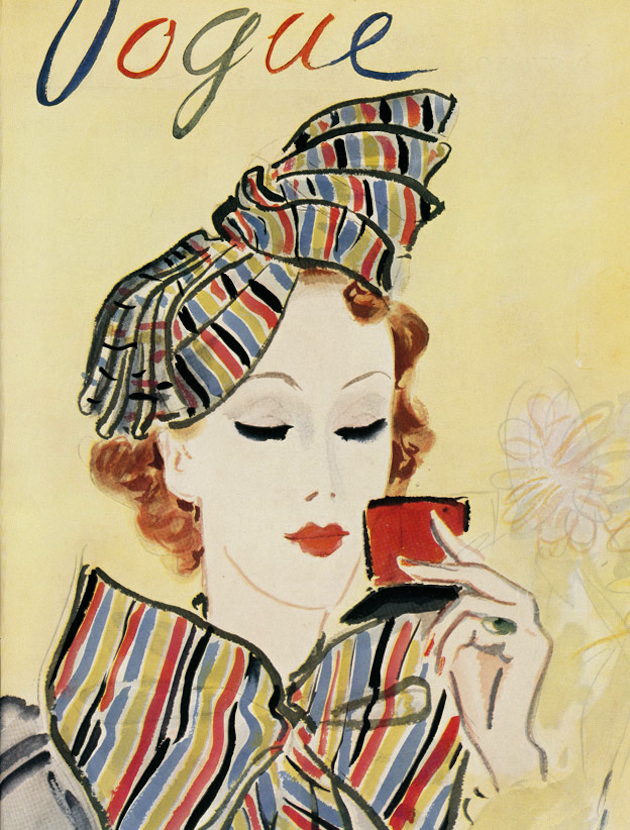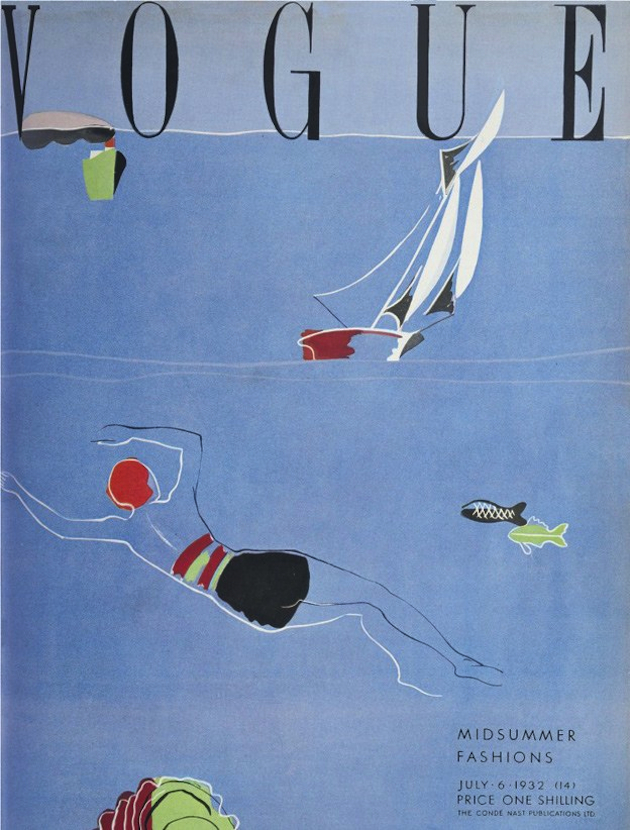
Of the many professions linked to fashion, that of the fashion editor is one of the most desired and sought after. It is also one of the widest and most unattainable. No schools offer programs to teach the subject – if it were to be considered a ‘subject’ – and surely no abracadabra can make the magic of transforming a ‘normal’ human being into a good fashion editor. This has surely to do with history; the work of the editor of a fashion magazine has historically been performed by strong personalities, whose involvement in fashion permitted them to show how fashion is eradicated in social, cultural and political contexts. Alison Settle is one of these, almost legendary, figures.

Settle was born in in Kemp Town, Brighton, in 1891. After attending a secretarial college and a journalism course, she started working for various magazines, writing for the “Sunday Pictorial”, “Sunday Herald”, “Eve” and the “Daily Mirror”. In 1926 she became editor of the British edition of Vogue. Under her guidance, the magazine grew in popularity and was set to become one of the most appreciated magazine in Britain. Settle shaped her magazine as a sophisticated product of culture, considering writing as the real core of the magazine, inviting some of the greatest voices of those years to write for Vogue, as Colette, Edith Sitwell, Vita Sackville West. She involved the most brilliant illustrators, photographers and models – George Lepape, Eduard Benito, Edward Steichen, Lee Miller – supporting the writing with images and graphic expedients become iconic. Not only fashion was covered on the pages of ‘her’ Vogue, which was directed to a varied audience, spanning from the cultured ladies of the aristocracy – category to which she in person belonged to – to the working women of the middle class and upcoming feminists. Articles were wide in the subjects, from cooking and wine to art and politics.

Settle was primarily interested in the quality of British design, working incessantly as a channel between manufacturers and designer, easing the dialogue between production and creativity. She collaborated both with the Council for Art & Industry and the Council of Industrial Design, encouraging affordability and good design, dealing with fashion as a concrete matter, part of the everyday life. It is for this reason that she invented a feature, now copied in the most part of fashion magazines, called ‘Vogue’s Smart Fashions for Limited Incomes’, which proposed solutions of taste to women dealing with the restrictions of an upcoming war. After her involvement with Vogue, which ended in 1935, she became correspondent, among the others, for ‘The Observer’. Her sensibility and experience permitted her to describe society from a privileged point of view; her column, entitled ‘From a Woman’s Viewpoint’ gathered the voices of women, reporting their needs and ideas, and made her a sort of benchmark in the emancipation march. She was a founder member of the Women’s Press Club, and in 1961 she was the first woman awarded an OBE for services to fashion journalism.

In her late years, she also started working on a history of fashion, never finished, whose notes are now conserved in the Alison Settle Archive in Brighton, together with letters, photographs and records of her work between 1930s and 1970s. Looking at her life, it is not difficult to understand why the role of the editor is one of the most complex and multifaceted of the panorama of fashion, which goes way beyond the ‘limit’ of the subject as it is commonly considered. Her interest in fashion was just a starting point not only to individuate a style; it served her as a lens through which she could analyze society in an active way, proposing solutions and promoting innovation both in production and in critical thinking, making her a catalyst of progress in the wider sense.
Marta Franceschini – Images courtesy of Vogue Magazine
